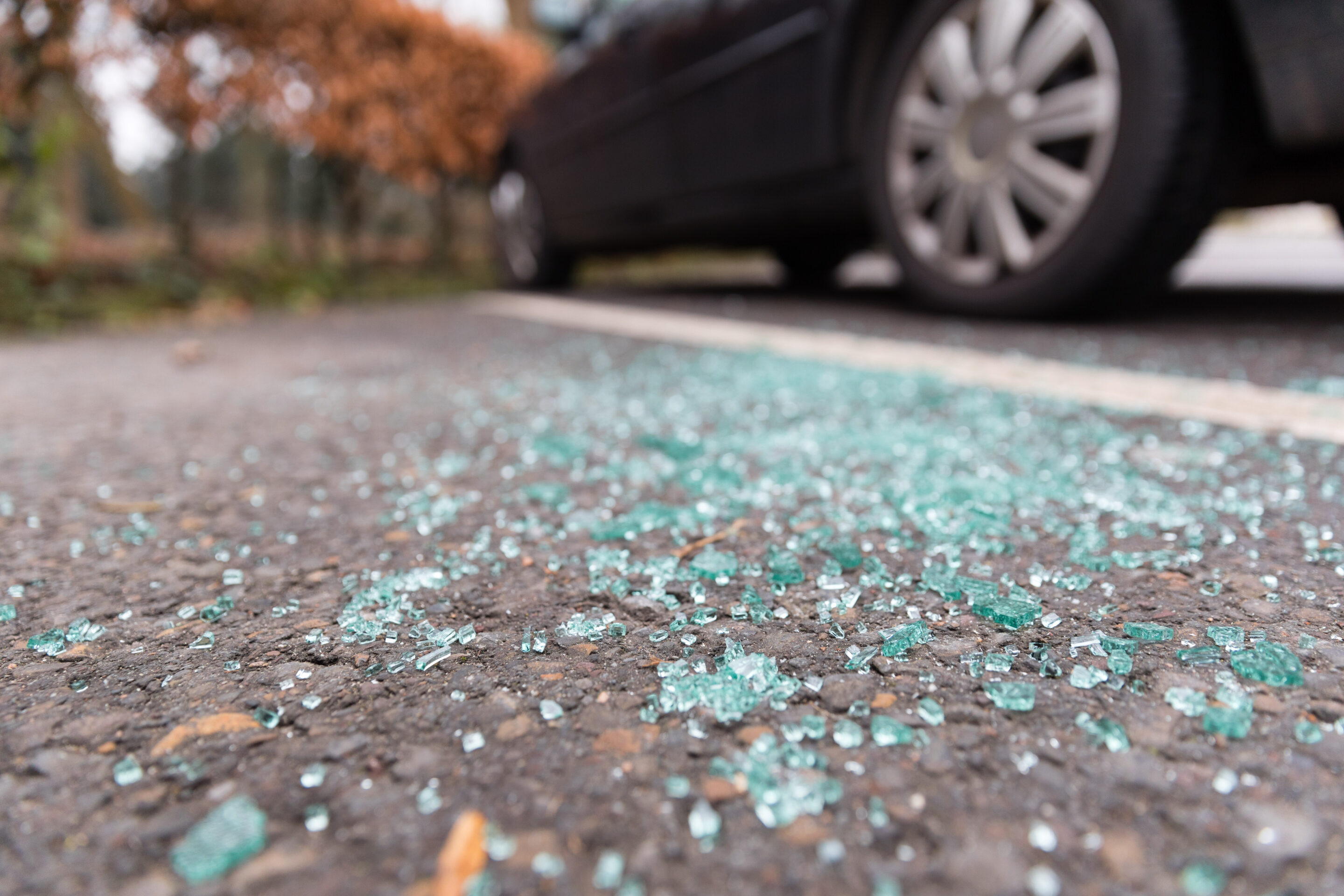You made the commitment to capture more recall work. You’ve done your due diligence by notifying your customers. You’ve obtained lists of in-market customers subject to recalls that haven’t been to your dealership before, and reached out to them. You’ve spent the time and energy to really saturate your market using every form of communication to maximize your reach. Now the phones are ringing. Appointments are being made. Parts are being ordered. Customers start showing up to get their recall repair completed. This windfall of additional service business is going to increase your revenue.
What happens, however, when the recall work is completed?
You have one of two choices: You can be happy that you got that additional work and send the customer home knowing their vehicle is repaired. Or, you can integrate a strategy into your recall process in an attempt to gain the recall repair work AND retain these customers for future work.
Customers that arrive for recall repairs can naturally be nervous about their vehicle and, by extension, the brand and your dealership. They may be skeptical that their vehicle will be repaired correctly. Let’s not forget the unfortunate case of the Takata airbag recall, where some consumers had their recall repair done with parts made by TRW. Later it was discovered that the replacement parts were also defective, so customers were forced to return to the dealership to get the same repair done again. This second recall affected more than two million vehicles.








